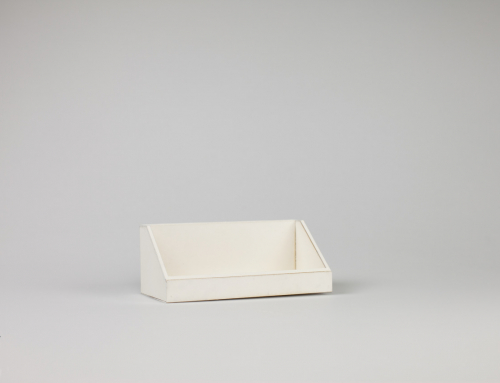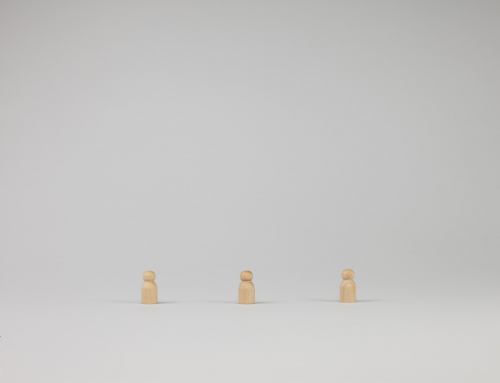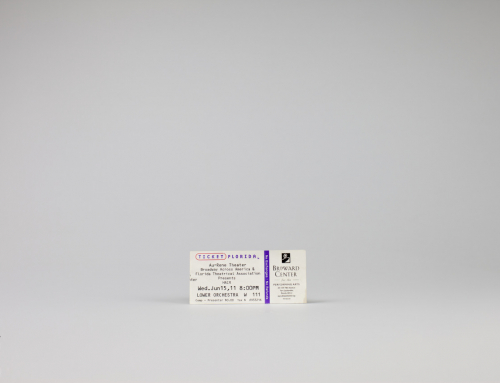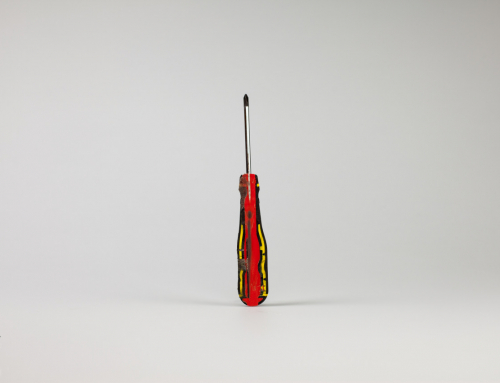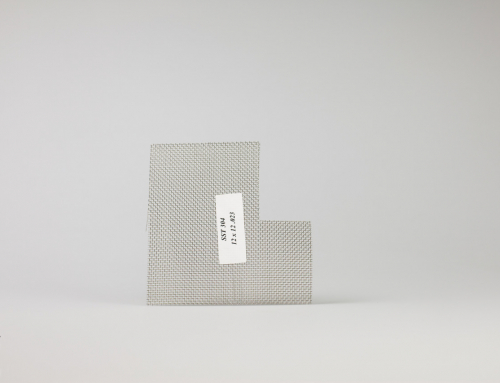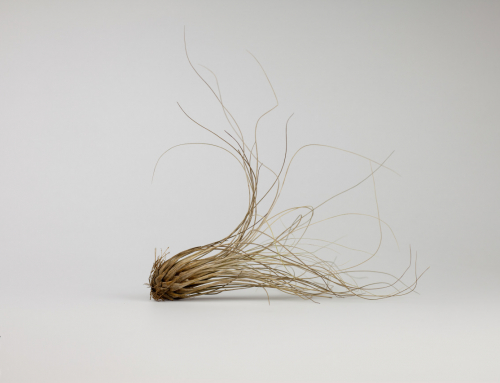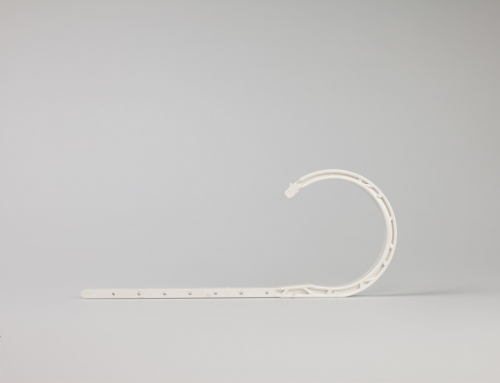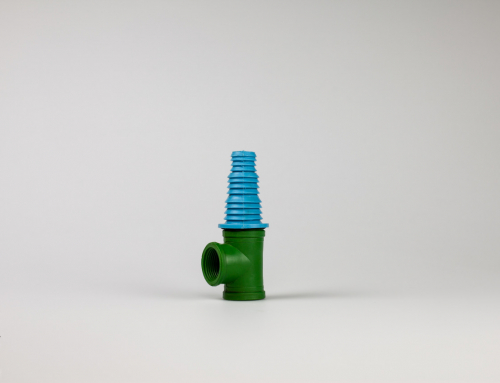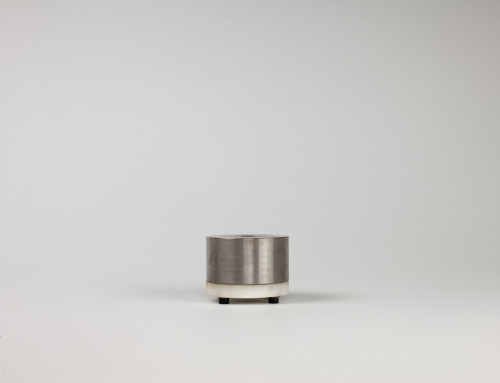npr:
American painter Richard Estes has made a career out of fooling the eye. His canvases look like photographs — but they’re not.
“You can’t see my paintings in reproduction,” the 82-year-old artist says. That’s because, in reproduction, the paintings — especially his New York cityscapes from the late 1960s — look like photos. He’s called a photo-realist, or hyper-realist — an intense observer of the built environment. But he doesn’t paint the view from his apartment window.
“His window is a photograph,” says Jessica May, co-curator of Estes’ current show at the Smithsonian American Art Museum in Washington, D.C.
Estes uses photography as a starting point for painting. He goes out and takes dozens of photographs of the same thing from different angles — street corners, diners, reflections on plate glass windows — then he cuts, pastes and manipulates the pictures. Finally, at his easel, he tries to make his painting as faithful to the photos as he can.
“Often he’s putting two and three photographs together in order to create a complete image, and then basically compressing them into the compositional size and shape that he’s looking for in a finished painting,” May says.
The result is a city street you know you’ve walked on, but that doesn’t really exist. “He’ll raise the height of a building,” May says. “He’ll move a car a little bit. He’ll transpose the location of a street lamp or light post. … He composes it.”
Image credits (clockwise from top): Lee Stalsworth/Courtesy of Marlborough Gallery/Smithsoanian American Art Museum; Courtesy of Marlborough Gallery/Smithsonian American Art Museum; Thomas Griesel/Courtesy of Marlborough Gallery/Museum of Modern Art/Smithsonian American Art Museum
Diners lower my blood pressure, even artwork of them.



